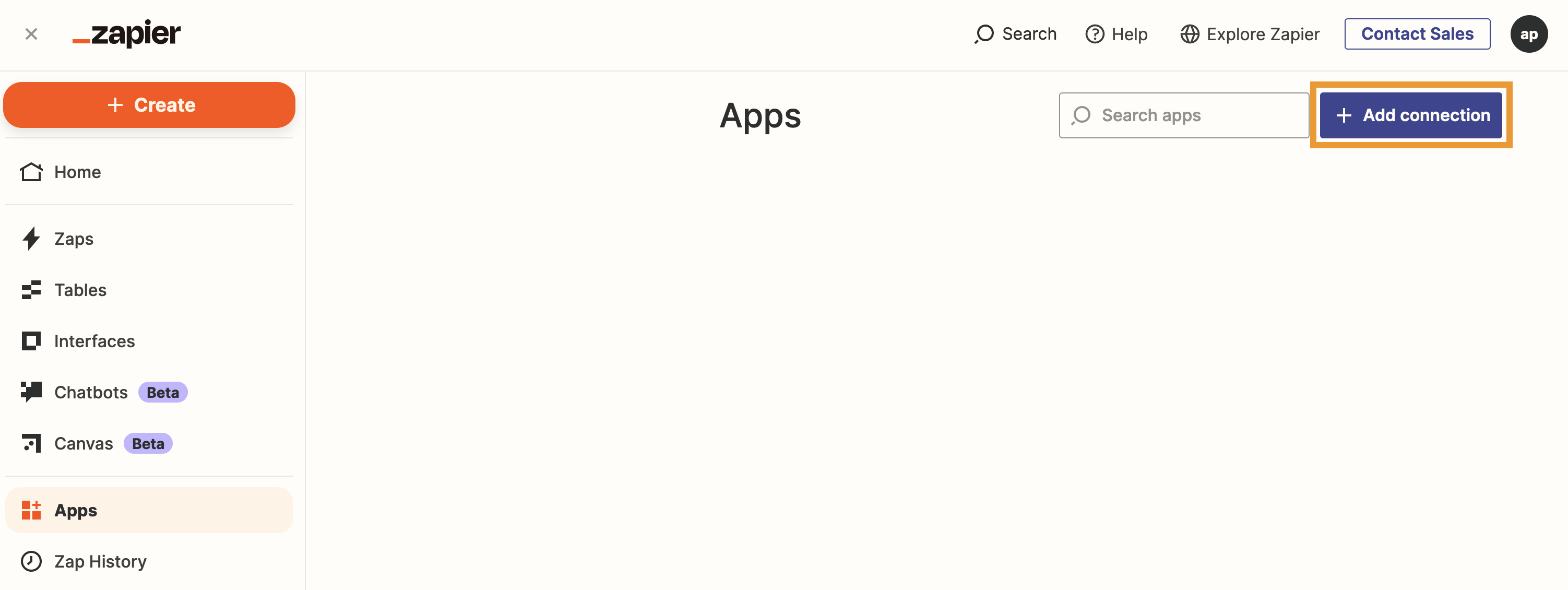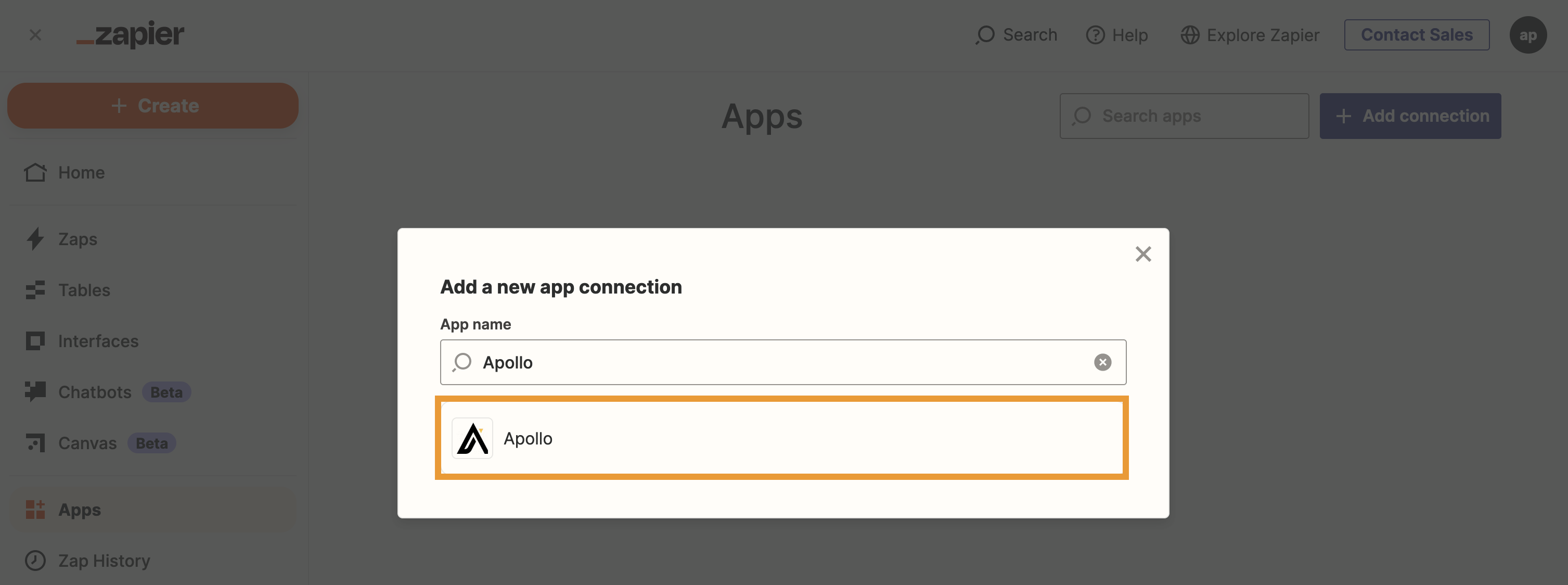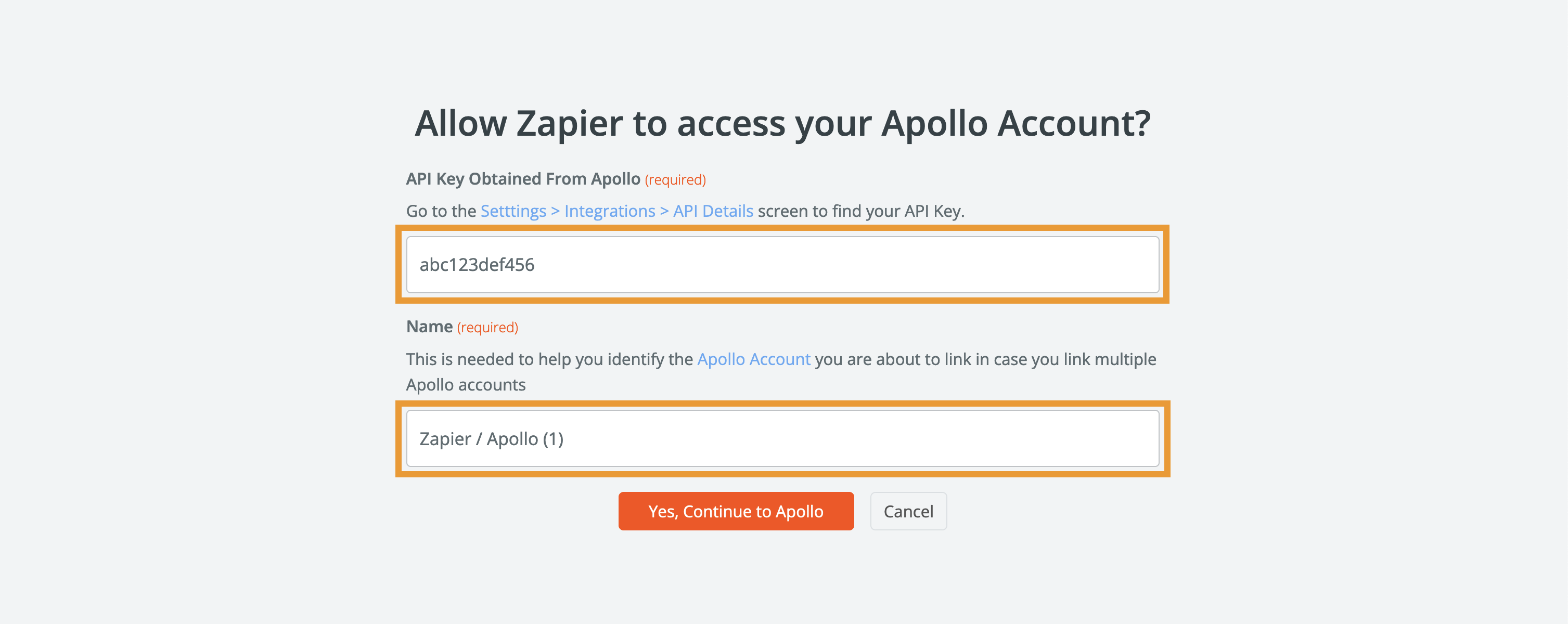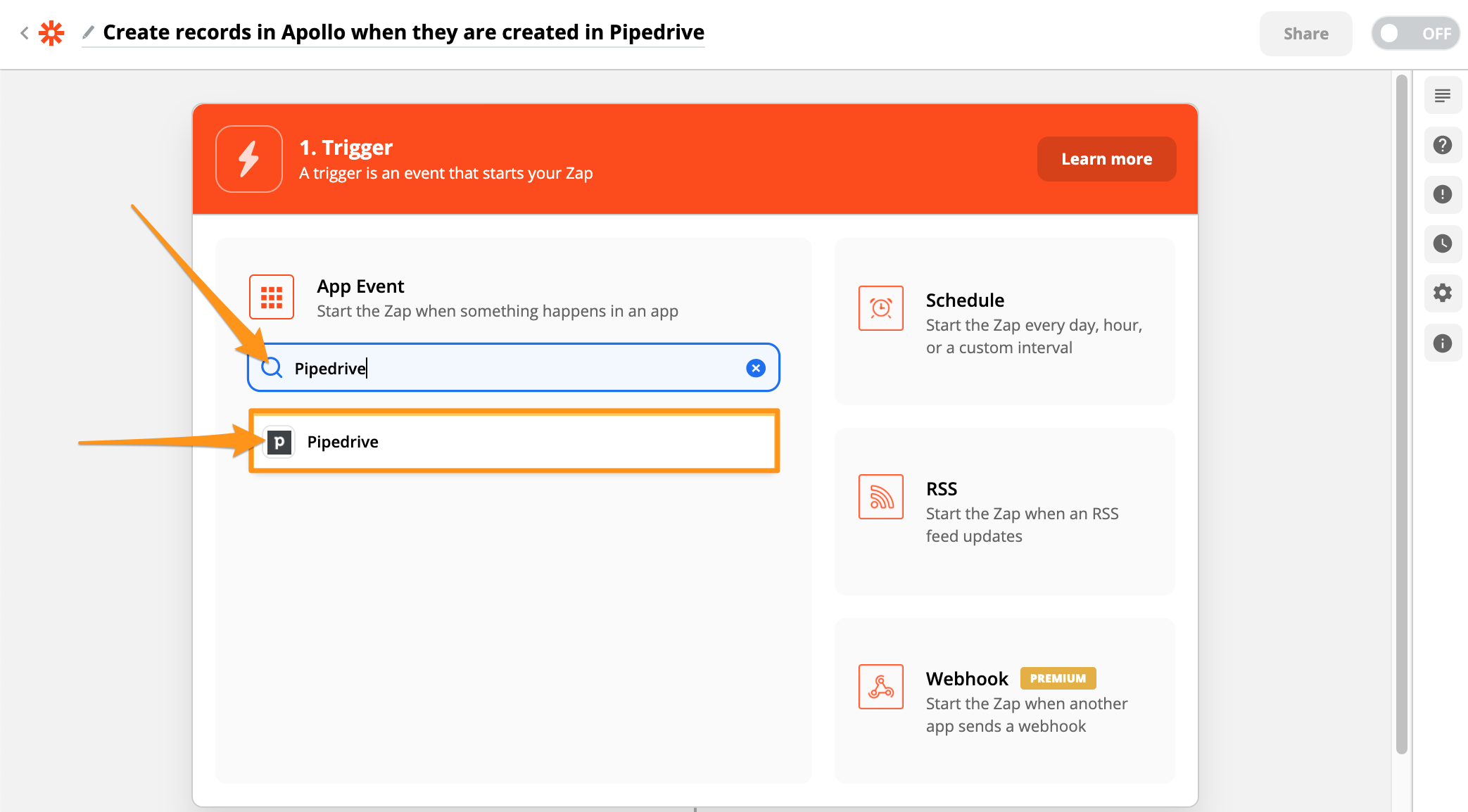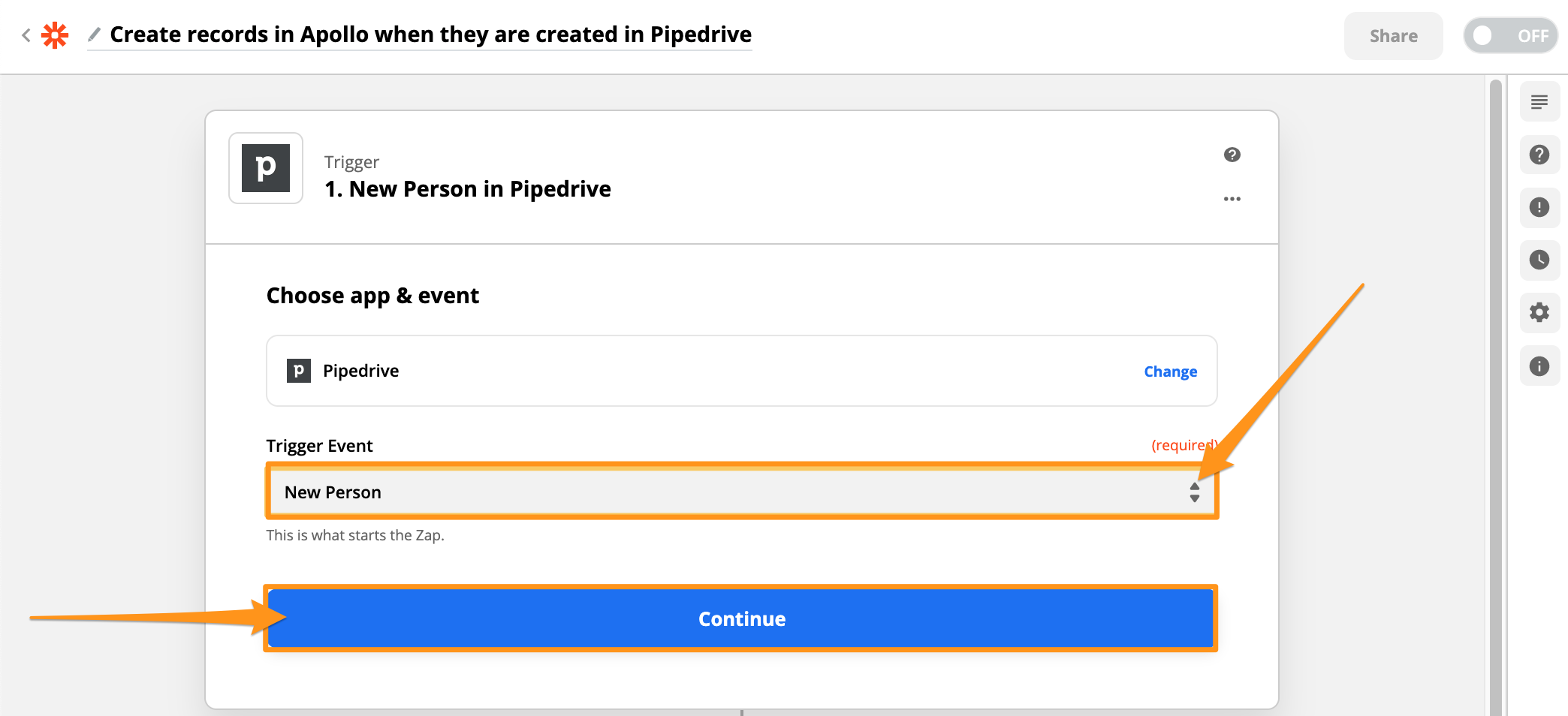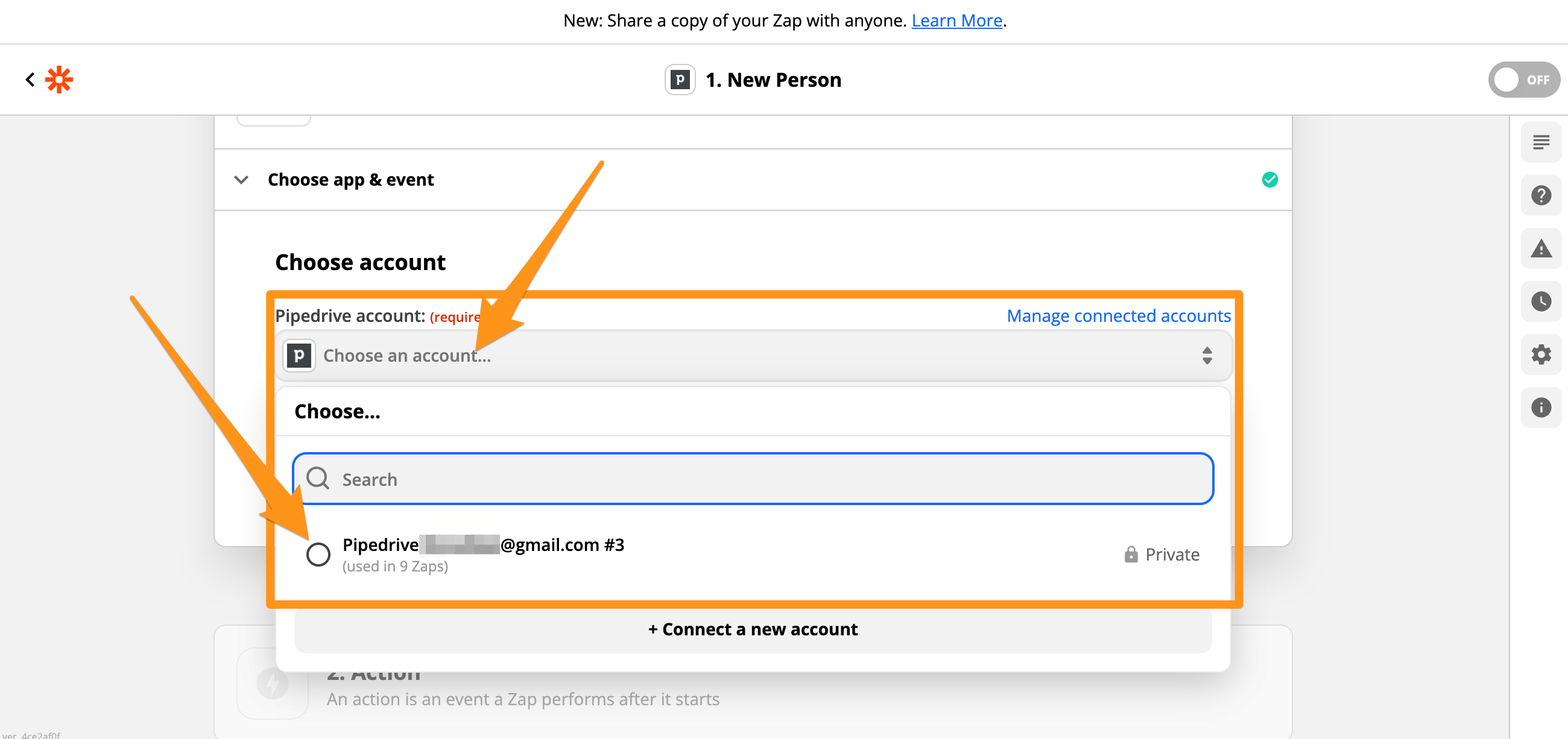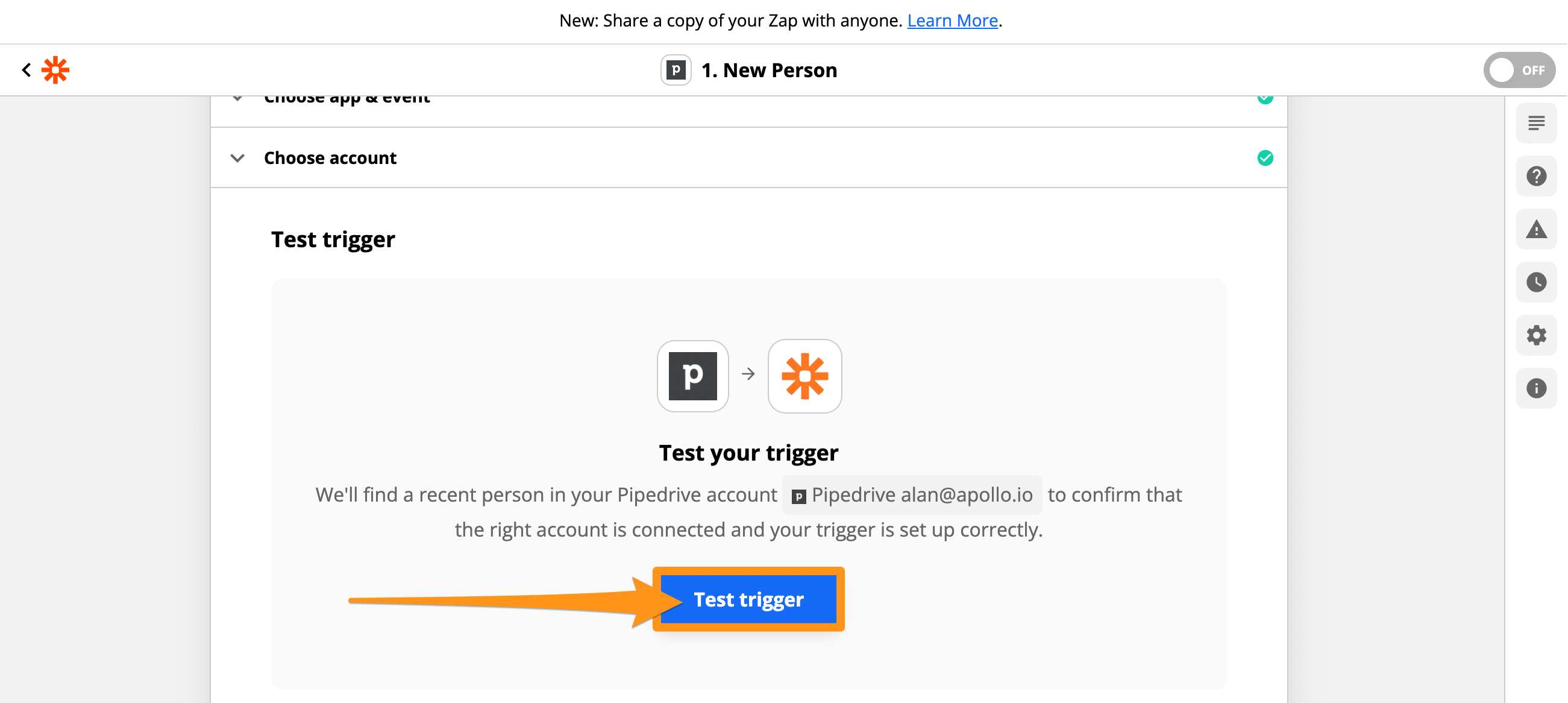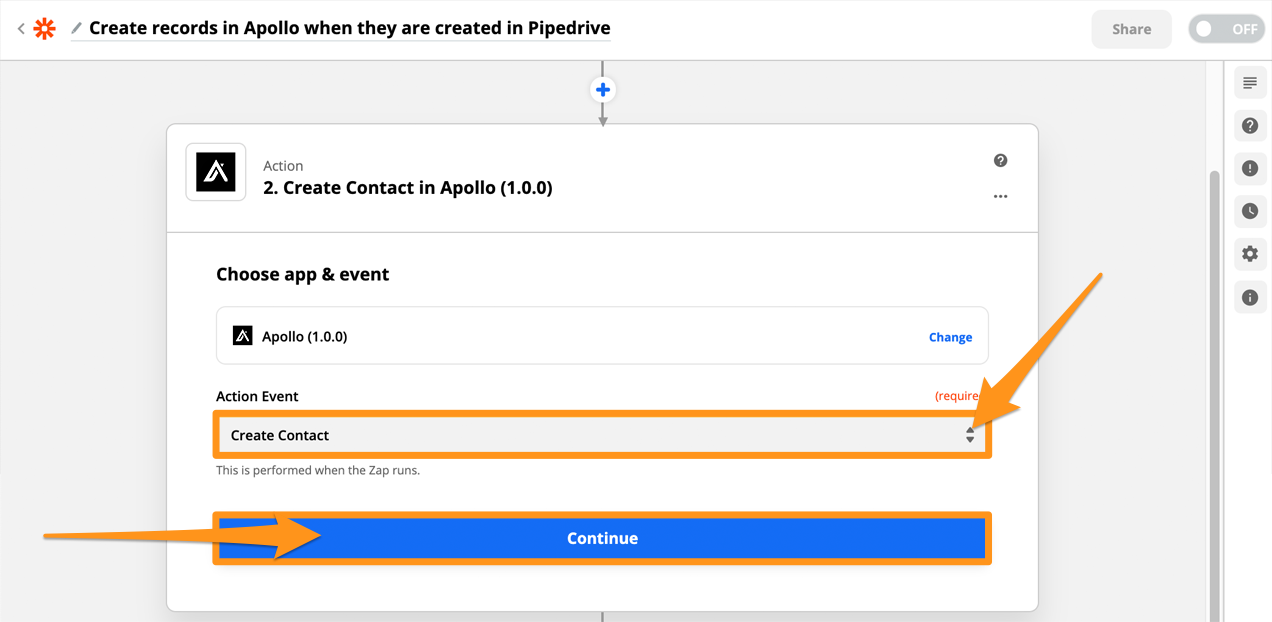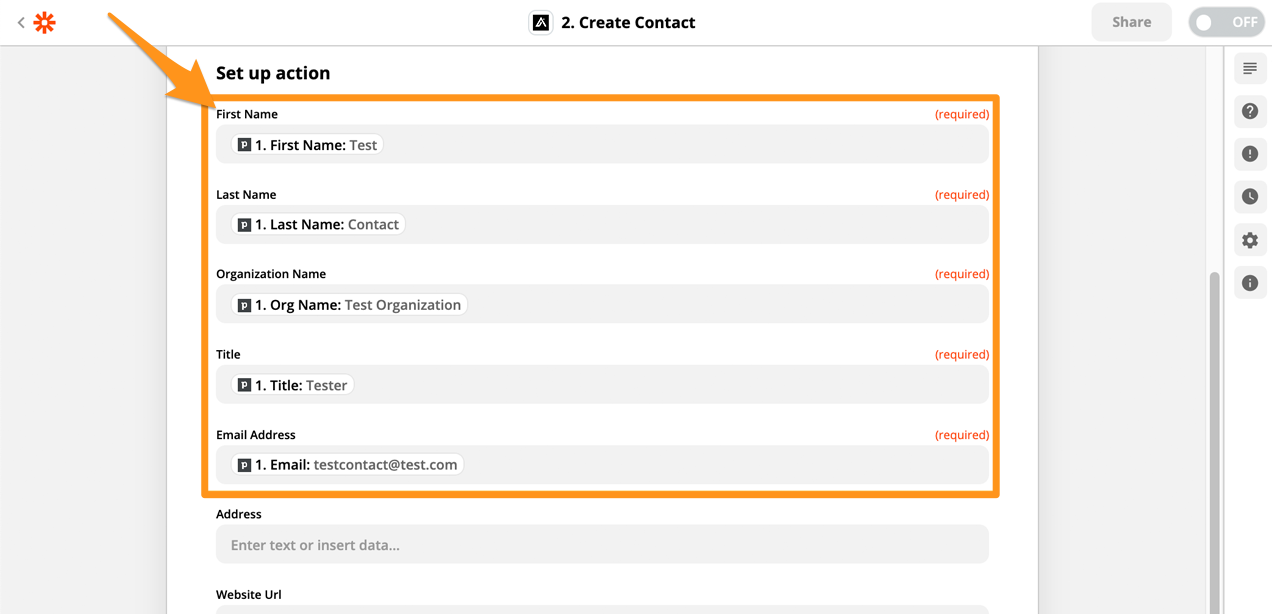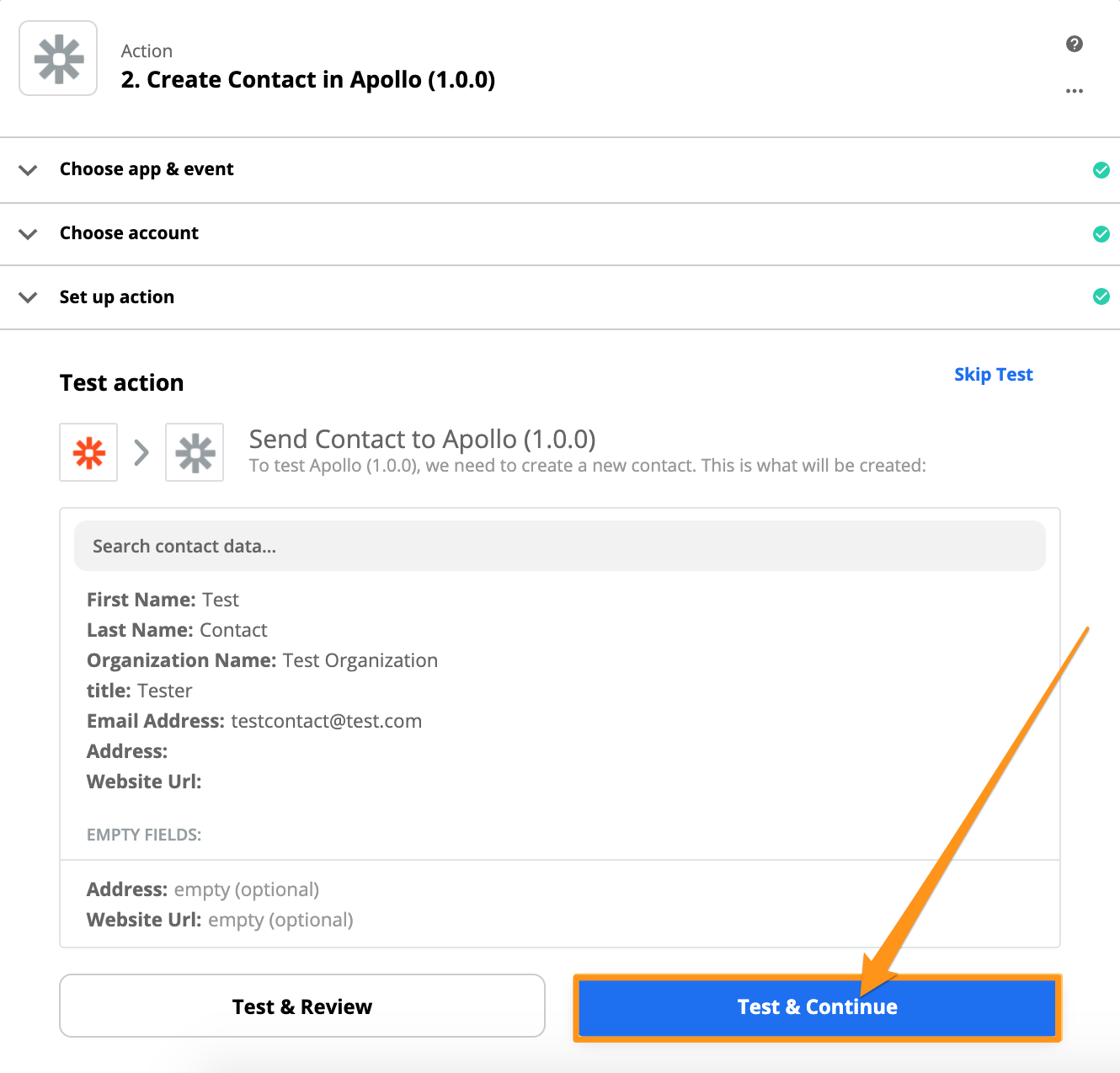Your Guide to an Apollo and Zapier Integration
An integrated workflow is an efficient workflow. Integrate your Zapier account with Apollo today to seamlessly automate your existing sales flow and unlock the benefits of sales automation.
by
Karli Stone
PUBLISHED Dec 11, 2023
4 Min Read
Let's face it: no single tool can do it all.
Most companies have a number of tools that are best-of-breed for their particular workflows, and the goal should be to integrate them together to complete the toolbox and limit manual data entry.
And lucky for you, Apollo is compatible with all your favorite tools!
In this blog, we'll show you how you can integrate with Zapier to connect and sync data between Apollo and any other Zapier-supported apps.
Why integrate Apollo with Zapier?
Let's be real — your sales stack is probably more of a collection than a single tool. You've got your CRM, your communication apps, and of course, Apollo. The magic isn't in having the best tools; it's in making them work together.
That's where Zapier comes in. Integrating Apollo with Zapier isn't just about connecting apps; it's about building a seamless, automated sales engine. You can stop wasting time on manual data entry, eliminate human error, and ensure your data is always in sync.
It's about turning Apollo events into actions across your entire toolset, so you can focus on what you do best: selling.
How does Zapier work?
Zapier is an online platform that helps you automate tasks by connecting all of your different apps and services across multiple platforms. Zapier can automate your tasks in over 3000+ different destinations for enhanced functionality. Paired with Apollo, your workflow can be unstoppable!
Triggers and actions are events that happen in the products you use. Zapier works by allowing you to create "Zaps" that combine a trigger from one product, with an action in another. Whenever the trigger event occurs, Zapier automatically completes the action event for you.
With an Apollo <> Zapier integration, you can use Apollo-based events within other Zapier-supported apps. Some of the most popular, compatible apps include:
- Gmail, Google Contacts, Google Sheet, and other Google apps
- Slack
- Salesforce and Hubspot
- Mailchimp
- Facebook Lead Ads
- And More!
Popular Apollo-Zapier automation workflows
Theory is great, but what does this look like in practice? Here are a few clever ways our customers use the Apollo and Zapier integration to get more done:
- Log new leads automatically: When a new contact is created in Apollo, automatically add a new row to a Google Sheet for your master tracking file. No more copy-pasting.
- Get real-time Slack alerts: When a contact in Apollo is updated with a specific stage (like 'Meeting Booked'), send an instant notification to a Slack channel to celebrate the win with your team.
- Sync with your CRM: When a new account is created in Apollo, create a corresponding account in Salesforce or HubSpot to keep your systems perfectly aligned.
- Automate task creation: When a contact replies to one of your sequences, automatically create a task in Apollo for you to follow up personally.
How to connect Apollo to your Zapier account
To connect Apollo with Zapier, you'll need to log in to the Zapier app and go to your My Apps page. Click Add Connection.
Next, search for and select the Apollo app connection:
On the following page, you will need to enter your Apollo account's API key (found here), provide a name for the connection, and then click Yes, Continue:
If your authentication with your Apollo account is successful, you will see "New connection added". Now you're ready to create Zaps for your Apollo account!
How to create a Zap
Let's go over exactly how to create an Apollo Zap to help you establish a more automated workflow!
In this example Zap, we will show you how to create a Zap that automatically creates new contacts in Apollo whenever an email is starred in Gmail.
1. To get started, click the Create a Zap button from your Zapier dashboard.
2. Type the app for the trigger into the Search bar. Then, click the app that appears in the drop-down.
3. Now choose the trigger event. Let's say we want to create new records in Apollo when a new person is added to Pipedrive, we will select the "New Person" trigger.
4. Click the Choose an account drop-down and select the account that you want to connect.
5. To complete the setup and ensure the trigger works, you should run a test. To do so, click Test Trigger.
6. Next, you'll need to determine the action. What do you want Apollo to do when a new contact is added to Pipedrive? In this case, let's say you want to keep it simple: when a new contact is added to Pipedrive, you also want it to be added to Apollo. Use the Action Event drop-down to select the action that you want to add. Then, click Continue.
7. Select your account from the Choose Account drop-down then add the information from the fields in the app you are connecting through Zapier (such as Pipedrive) so that the contact information corresponds with the required Apollo fields.
8. Finally, confirm all the information is correct and then click Test and Continue.
Ok, you've done it! You've created your first Zap with Apollo and your productivity when working with multiple tools is now sure to skyrocket!
If you want to learn more about creating a custom Zap on Zapier, check out this guide.
Or, if you need support with the integration, you can visit Zapier's help center or contact customer service here!
Other key features of an Apollo and Zapier integration
You can do so much more than syncing your Gmail contacts to Apollo with Zapier!
Here are some supported Apollo actions with a Zapier sync:
- Create/Update Contact
- Create/Update Account
- Create/Update Opportunity
- Create Task
- Find Contact
- And More!
And supported Apollo triggers include:
- New Contact
- Contact Updated
- New Account
- Account Updated
Troubleshooting your Apollo Zapier integration
Even the best automation runs into a snag sometimes. If your Zap isn't behaving as expected, here are a few quick checks:
- Check your API key: The most common issue is an incorrect or expired API key. Double-check that the key in Zapier matches the one in your Apollo settings.
- Review your Zap history: Zapier keeps a log of every time your Zap runs. Check the 'Task History' for error messages. They often tell you exactly what went wrong.
- Test your trigger: Is the trigger event actually happening? Make sure the initial action (like starring an email) is working correctly before you blame the Zap.
- Match your data fields: Ensure the data you're trying to pass from one app to another is in the correct format. A text field can't accept a number, and vice-versa.
Start automating your sales workflow with Apollo
An integrated workflow is an efficient workflow. When you have an Apollo account, you never have to worry about it playing nicely with your existing sales tools. Stop switching tabs and start building a sales machine that works for you, not the other way around. Ready to connect your stack and unlock the benefits of sales automation? Get Started and see what you can build.
Frequently asked questions about Apollo Zapier integration
Is the Apollo Zapier integration free?
Building the integration is free on Zapier's platform, and using it depends on your Zapier plan. Many users can automate their core workflows using Zapier's free tier, but more complex or high-volume Zaps may require a paid plan.
What happens if my Zap stops working?
Zapier will typically email you if a Zap fails repeatedly. You can check your Task History in Zapier to diagnose the problem. Most issues are related to app connection errors (like a changed password) or data formatting problems.
Can I connect multiple Apollo accounts to one Zapier account?
Yes, you can connect multiple accounts from the same app, including Apollo, to your Zapier account. When you create a Zap, you'll be able to choose which Apollo account you want to use for that specific workflow.
What's the difference between triggers and actions in Apollo's Zapier integration?
A trigger is an event in Apollo that starts a Zap (e.g., 'New Contact Added'). An action is an event that Zapier performs in Apollo after being started by a trigger from another app (e.g., 'Create Contact').
Related articles
Subscribe for weekly updates
Receive insider stories and data-backed insights for elevating your work and staying ahead of the curve
You can unsubscribe at any time using the link in our emails. For more details, review our privacy policy.
